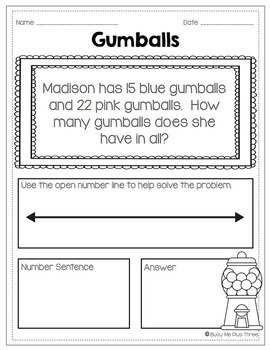
You can see the result as shown as below:įor more information, please visit: quickly show or hide spaces in Word. Check or uncheck the Spaces check box in the Display Setting dialog to show or hide the spaces. Please apply the utility by clicking Enterprise > Display Setting. Kutools for Word, a handy add-in, includes groups of tools to ease your work and enhance your ability of processing word document. With Kutools for Word, users can quickly show or hide formatting marks such as spaces in document. Step 2: click Display > check Spaces in Always show these formatting marks on the screen group to show spaces in documen Show or hide spaces in Word 2007/2010/2013Ĭlick Officeicon when using Word 2007, and then click Word Options Ĭlick Filetab when using Word 2010 or Word 2013, and then click Options. The keyboard shortcut of Show/hide button: Ctrl+* or Shift+Ctrl+8 Or you can press Show/hide button in Toolbar Step 2: click View tab > check Spaces in Formatting marks group
#SEE LINE NUMBERS IN WORD FREE#
Free Downloadīring Tabbed Editing And Browsing To Office (Include Word), Far More Powerful Than The Browser's Tabs. The command wc basically means word count and with different optional parameters one can use it to count the number of lines, words, and characters in a text file. (If you want to start the list over at a number other than 1, use the starting number right after \r.More Than 100 Powerful Advanced Features for Word, Save 50% Of Your Time. How can we get the number of lines or number of words in a file The most easiest way to count the number of lines, words, and characters in text file is to use the Linux command wc in terminal.

You would use this whenever you wanted to start a new list and use the regular field for the rest of your numbered items. The addition of the \r1 switch causes Word to start the sequence counter over at 1. The only difference in the above steps is that the SEQ field you define would look like this: If you are going to have multiple lists in your document, then you can add a second AutoText entry to help with this. Note that the sequence field starts at the beginning of the document and numbers through the whole document, based on the identifier you use. The process described in this tip works best if you have a single list in your document. Note that the number always shows up as 1, but it is updated when you print, or when you select the entire list and press F9. Now whenever you want to insert the number, type the name you defined in step 7, and then press the F3 key. This should be something short and meaningful, such as NumList or even NL. In the Name field enter a name by which you want this highlighted text known.The Create New Building Block dialog box. Word displays the Create New Building Block dialog box. Select everything you created in steps 1 through 5.If you want a period, tab, or some other character after the number, enter it after the number generated by the SEQ field.

Word replaces the field with the next number in the sequence you have specified.
#SEE LINE NUMBERS IN WORD UPDATE#

For the purposes of this tip, the format of the sequence field is as follows: (A broken numbered list is one in which the flow of the list is interrupted by paragraphs of a different format.) This approach to creating numbered lists is particularly helpful and much less prone to the problems inherent in Word's built-in list numbering. For example, you would like to keep on one line phone numbers (86) or words with hyphens like co-founder, grand-grandmother, twenty-one, part-time, green-eyed, well-behaved, etc. You can even use the SEQ field to help create broken numbered lists. When you create a document in Microsoft Word, you need to keep some text together such as two or several words together or text with hyphens. Word includes a special sequencing field that you can use to do all sorts of numbering.


 0 kommentar(er)
0 kommentar(er)
